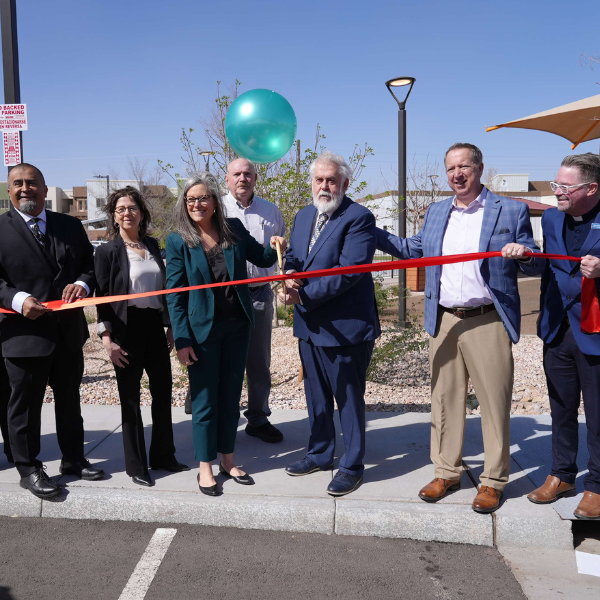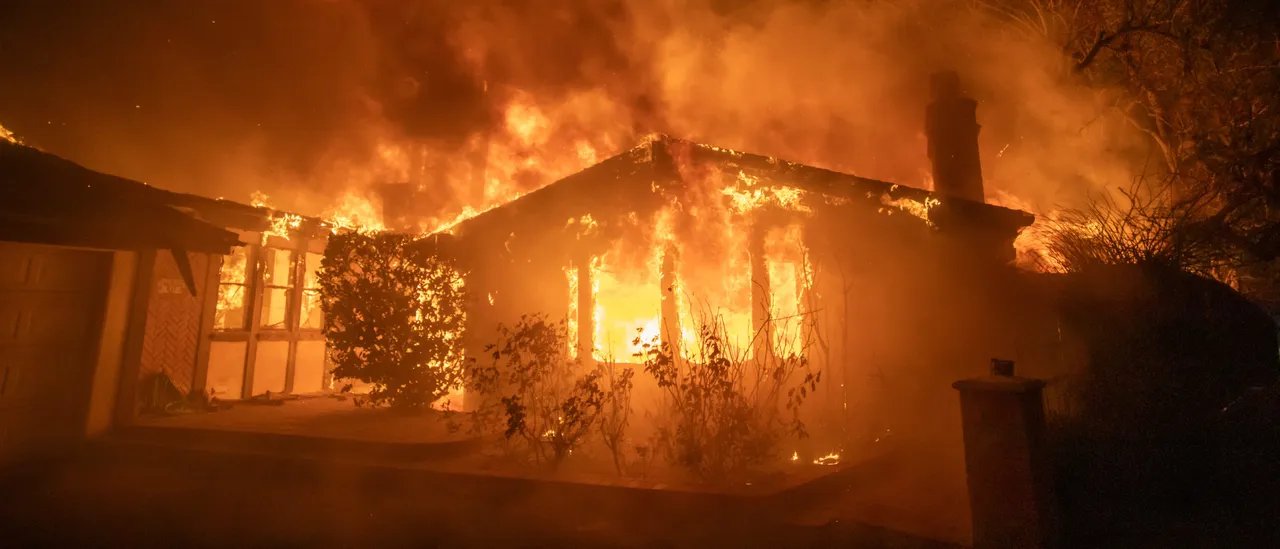In contrast to the devastating situation portrayed by news sources across the country, Arizona hasn’t run out of water, construction hasn’t stopped, and the governor hasn’t issued a moratorium on construction. Real photos don’t make front page news, but they’re still sensational. For decades now, Arizona has actively managed its water supply, often leading the nation in comprehensive water management and conservation. The best-known example, of course, is his 1968 federal law introduced and championed by Senator Karl Hayden and other members of the Arizona delegation, authorizing the creation of the Central Arizona Project.cap”) and the associated infrastructure that carries the waters of the Colorado River to many parts of the state.
The best-known conservation management tool at the state level is the product of the Groundwater Management Act of 1980 (the “Groundwater Management Act”).1980 GMA”).AMAsDemonstrating that water supply is guaranteed for 100 years, a water supply security certificate (“cows”) issued by the Arizona Department of Water Resources (“ADWR”).In this context, “subdivision” is defined as creating six or more parcels, lots, or partial interests, unless each subdivided parcel is at least 36 acres. However, CAWS requirements do not apply in the case of local governments or other water utilities (“”) that have their own designated reliable water supply.DAWS”) serves subdivisions. Exceptions may also apply to land subject to mineral extraction and processing permits or general industrial use permits granted by ADWR.
As a direct result of Arizona’s proactive and diversified approach to solving water problems, until very recently the ADWR routinely authorized CAWS for subdivided land within the AMA provided it met regulatory requirements. It was common to However, on June 1, 2023, Arizona Governor Katie Hobbs directed ADWR to “suspend approval of new secure water supply decisions that rely on groundwater pumping” within the Phoenix AMA. . Ostensibly, the governor’s announcement was meant to address the results of a new groundwater forecasting model that predicts that the Phoenix AMA’s groundwater supply could fall short of his 4% over the next 100 years based on current conditions. bottom. However, the announcement did not mention that continued advances in technology, conservation and water augmentation are heading in a direction that more than makes up for a 4% deficit that is not expected to occur in 100 years.
It is not yet clear whether the governor’s moratorium on issuing new groundwater-dependent CAWS is permanent or temporary for the duration of his administration. It’s also not clear how ADWR will manage this new policy. Importantly, Governor Hobbes has made it clear that the existing CAWS will not be cancelled. In practice, the policy will primarily affect planned developments outside the Phoenix metropolitan area. However, many of these areas (such as Buckeye and Queen Creek) have been mainstays of Phoenix’s growth model.
Regardless of your position on recent policy announcements, there is no question that Arizona is a leader in water policy and conservation. Beginning over 100 years ago, pioneer families, legendary legislators and many others helped implement policies and public works projects that were groundbreaking at the time. Without these policies, Arizona would not be able to support the growth and diversity of high-paying jobs. The same is true today. The 1980 GMA is an example of Arizona’s commitment to protecting and maintaining Arizona’s groundwater supply for future generations. At the time, the creation of his AMA designation by GMA in 1980 (and the consequent regulatory approval requirements for new subdivisions) 100 years) set high hurdles for conservation.
Policy considerations and background
All AMAs, with a few exceptions, require developers subdividing land to obtain CAWS.Before Present your plan for approval to the city, town, or county where your land is located, or use DAWS to obtain a written commitment for water service from your supplier. ARS § 45-576. Under the governor’s new policy, developers must obtain alternative water sources (other than groundwater) to serve his CAWS development plans issued to Phoenix AMA subdivisions. However, such alternative sources may not be economically viable, and temporary reductions in CAP allocations may result in further delays.
In particular, CAWS requirements apply most often to residential uses, although the law does not expressly limit this requirement to residential developments. Although there are some limited exceptions to the CAWS acquisition requirements for mining and industrial uses, the CAWS requirements apply to all subdivisions that meet the definition of “subdivision” as set forth in ARS § 32-2101. (regardless of asset class). .
Possibly real-world impact
There are currently six AMAs: the Phoenix AMA, Tucson AMA, Pinal AMA, Prescott AMA, Santa Cruz AMA and the newly formed Douglas AMA.Of the six existing AMAs, the governor’s new policy applies Phoenix AMA only. Other AMAs (and areas outside of AMAs) are unaffected. The Phoenix AMA includes most of the Phoenix metropolitan area, from Morristown in the northwest to Queen Creek in the southeast.
The policy coverage is even narrower, with the majority of land within the Phoenix AMA being serviced by suppliers with DAWS. For example, the towns of Avondale, Chandler, El Mirage, Glendale, Goodyear, Mesa, Peoria, Phoenix, Scottsdale, Surprise, Tempe, Gilbert, and several private water companies have installed his DAWS. If the water utility has a written commitment to supply service, parcels within these water service areas are not required to obtain his CAWS.
Finally, the new policy will not affect CAWS already issued for approximately 80,000 lots currently in development within the Phoenix AMA. As a result, a developer who purchases and/or builds a pre-plated residential property using his issued CAWS does not forfeit the right to develop that property. However, it is important to note that developers must not make “breaking changes” to existing approved platforms. (ADWR defines a significant change according to the formulas published in the Arizona Administrative Code.) While significant platform changes may require a new CAWS, the new CAWS does will not be issued under the new policy unless they rely on
While some may see the governor’s new policies as having limited effect, the current discourse in the general press (which has been amplified by other states competing with Arizona to attract high-value employers) ) can stunt growth. Also, while the policy will only affect new developments primarily in the suburbs of the Phoenix area, affected municipalities such as Buckeye and Queen Creek are developing rapidly and are no longer entirely rural. The development of these cities is a major reason why large, high-wage employers, including emerging and mature technology and life sciences companies, and many other diverse companies, have invested in Arizona over the past decade. With any luck, the ADWR will implement this new policy in a thoughtful and expedient manner, communicating the reality of Arizona’s water conservation efforts and the positive impact of its decades-long efforts, while promoting the development of the affected areas. would make it possible.
Open Questions and Open Issues
There are many open questions that will not be answered before ADWR introduces this new policy. These questions include:
- Will the new policy affect existing CAWS quotas?
- Will this policy constitute a regulatory action, especially for developers who have made significant investments relying on their ability to obtain CAWS using groundwater resources?
- Did the governor’s executive action to preemptively deny any new groundwater-based CAWS violate legislative prerogatives, or violate administrative and rulemaking procedures?
- Will the preemptive denial of new CAWS using groundwater put additional pressure on surface water, CAP supplies, and tribal water resources? Could it have unforeseen negative impacts on conservation?
- Innovation, conservation and enhancement over the next few years will easily address the projected deficit of 4% over the next 100 years. Will the governor and ADWR put forward measurable goals that, if achieved, would reverse the governor’s directive to “suspend approval of reliable water supply determinations that rely on groundwater pumping”?
Historically, a reliable water supply program has been a key, but primarily ministerial, effort in most Arizona real estate transactions. Moving forward, the laws and policies surrounding CAWS and its issuance will become more complex issues to deal with in Arizona real estate development projects.







